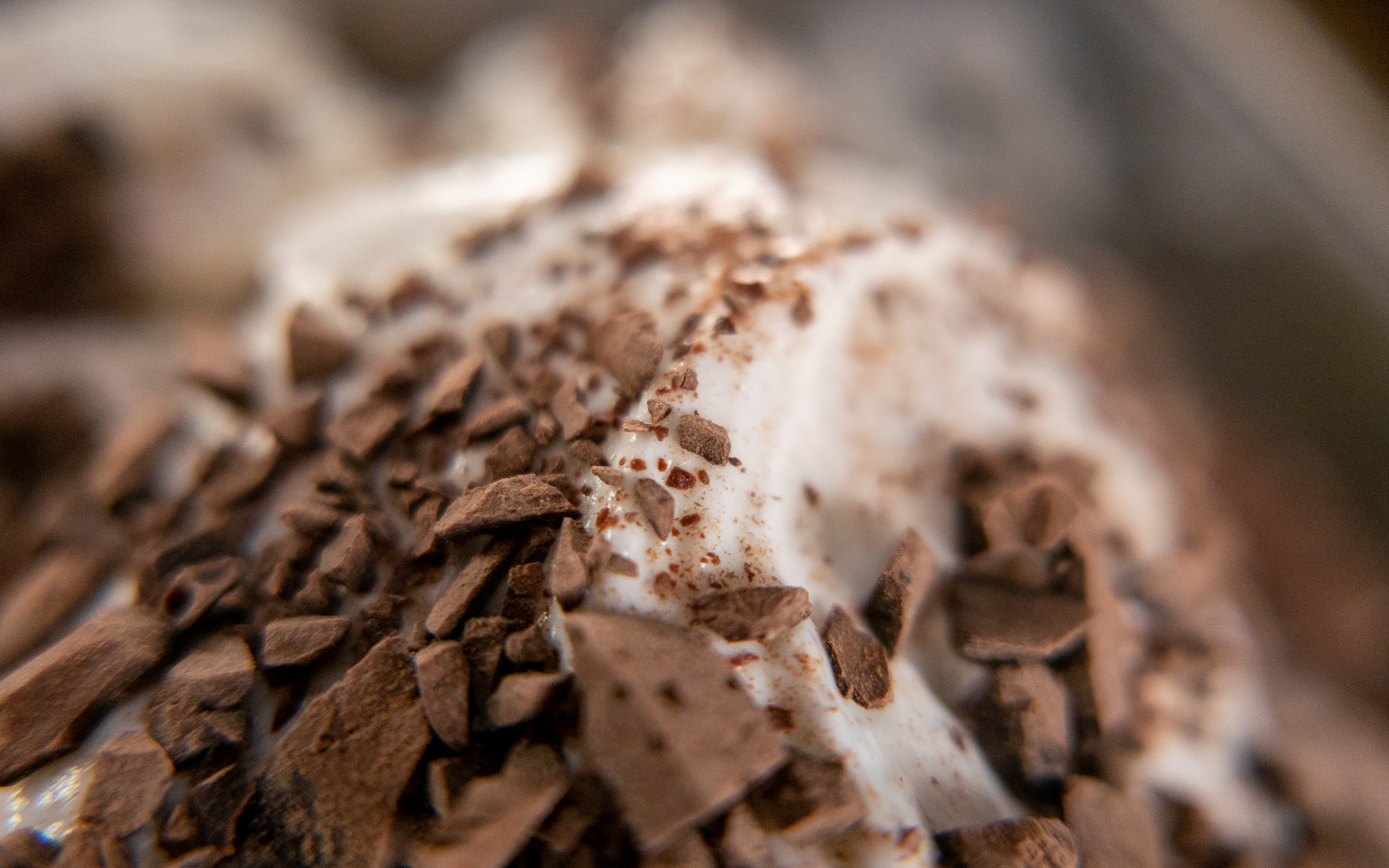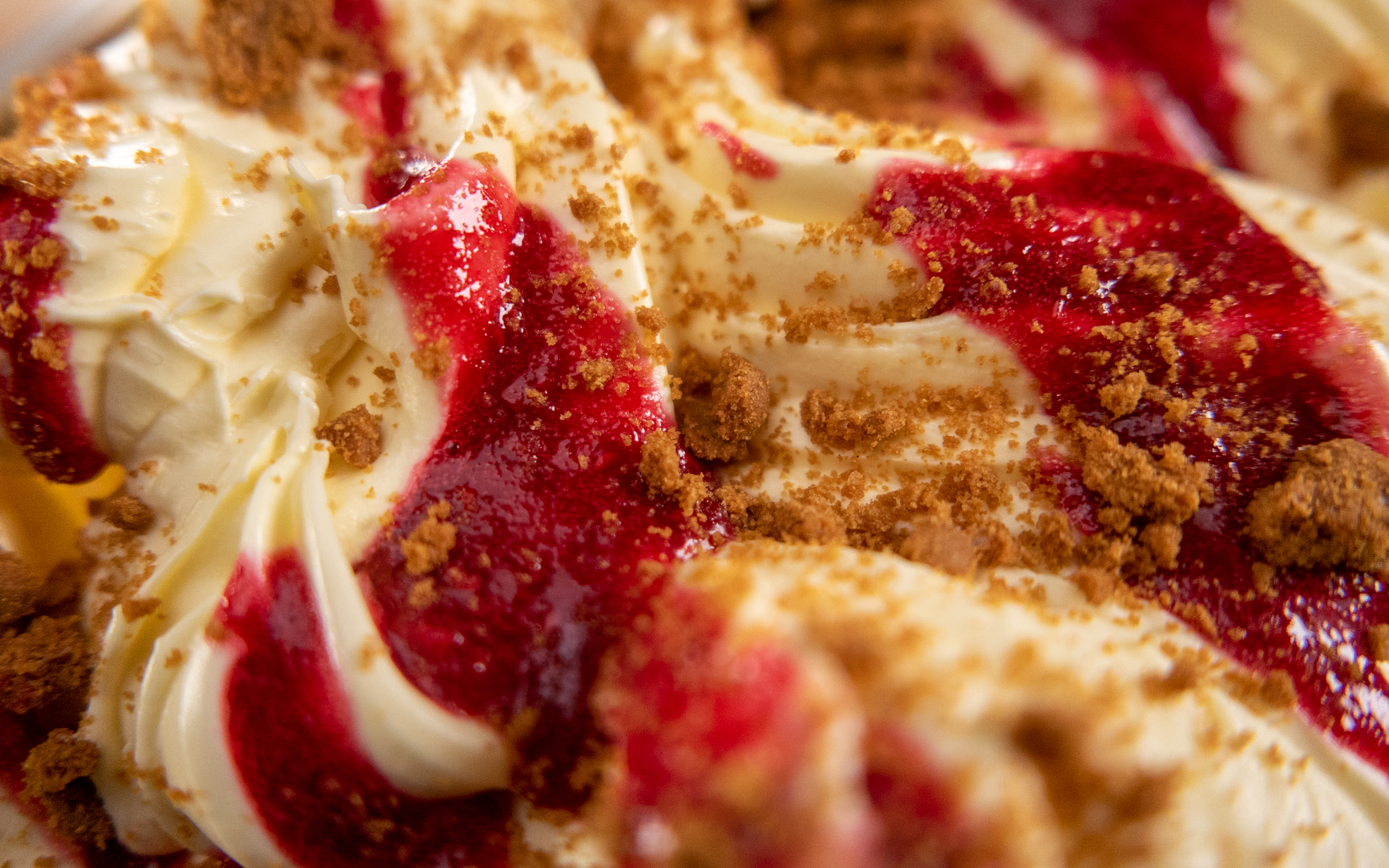08/05/2024
 Andrea then suggests that the problem be remedied by solving it upstream, organizing production so as to minimize the amount of leftover gelato. To do this, the gelato maker must study consumption, forecasting peaks in sales and times of decline so as to organize an appropriate level of product stock for each season.
Andrea then suggests that the problem be remedied by solving it upstream, organizing production so as to minimize the amount of leftover gelato. To do this, the gelato maker must study consumption, forecasting peaks in sales and times of decline so as to organize an appropriate level of product stock for each season. By following this method, Bandiera is able to work by organizing production in advance, limiting "contingencies" related to consumption and sales, and reducing both product waste and costs.
By following this method, Bandiera is able to work by organizing production in advance, limiting "contingencies" related to consumption and sales, and reducing both product waste and costs.Privacy notice
We use cookies or similar technologies for technical purposes and for different purposes only with your prior and explicit consent as specified in cookie policy.
You can express your consent using the button "Consent all". Unless you select one of this options we will use essential functional cookies only
Comments (0)